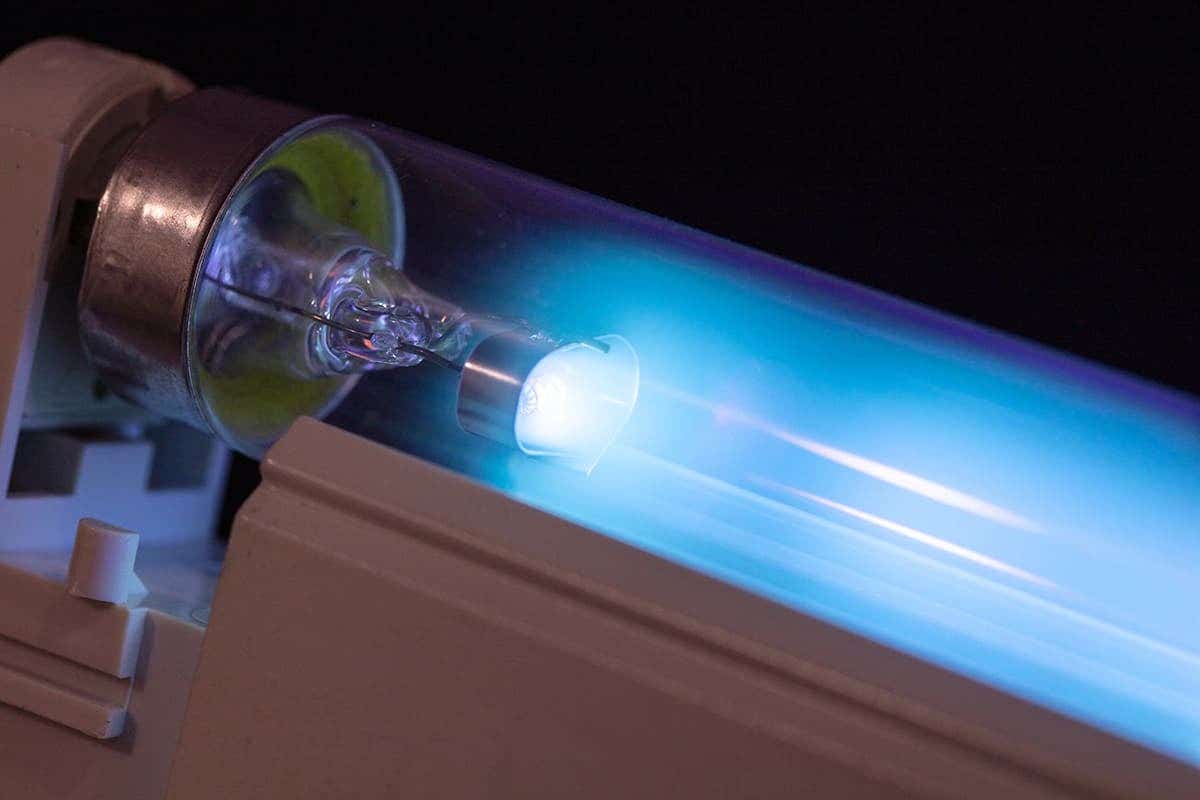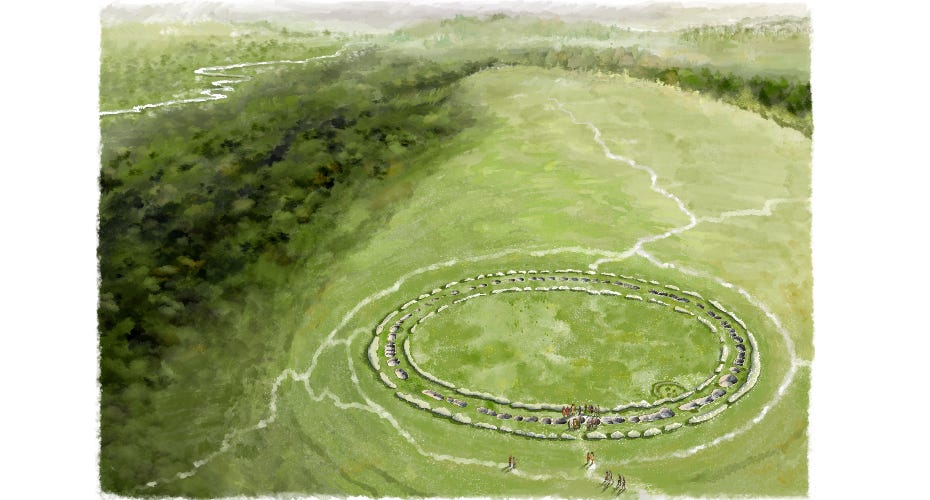Revolutionary LED light kills all viruses and microbes yet is safe for humans
Physicists have engineered a highly efficient LED capable of exterminating microbes and viruses while remaining safe for human exposure.

[Jan. 19, 2024: JJ Shavit, The Brighter Side of News]
Most LEDs emit visible light, but RIKEN physicists have created an LED that emits in a narrow region in the far ultraviolet that is safe for humans but deadly for viruses and bacteria. (CREDIT: Creative Commons)
In a groundbreaking development, a team of physicists from the RIKEN Quantum Optodevice Laboratory has engineered a highly efficient LED (light-emitting diode) capable of exterminating microbes and viruses while remaining safe for human exposure.
This innovation holds immense promise in the fight against pandemics, offering a potential solution for disinfecting rooms filled with people.
Ultraviolet germicidal lamps have long been lauded for their exceptional ability to eliminate bacteria and viruses, finding common use in hospitals for sterilizing surfaces and medical instruments.
However, these lamps typically utilize ultraviolet light that can be harmful to human DNA, rendering them unsuitable for use in the presence of people. The quest to develop LEDs that emit a narrow band of far-ultraviolet light, effective for disinfection and safe for human exposure, has been underway.
Related Stories:
Traditional germicidal LED lamps, which operate in spaces devoid of humans, often consist of materials such as aluminum, gallium, and nitrogen. Increasing the aluminum content in these LEDs has enabled them to work within a wavelength region that poses no risk to humans.
However, this enhancement typically came at the cost of reduced power output.
To overcome this limitation, Masafumi Jo, Yuri Itokazu, and Hideki Hirayama, all affiliated with the RIKEN Quantum Optodevice Laboratory, devised a more intricate LED design. They stacked multiple layers, each containing varying proportions of aluminum, and introduced small quantities of silicon or magnesium into some layers.
This complex arrangement created an electron "obstacle course," impeding their movement across the material and prolonging their presence in specific areas. Consequently, this led to increased light emission by the device and reduced light absorption.
To optimize their LED design, the team turned to computer simulations, modeling various potential effects. Jo explained, "We then grew samples to see if it was effective or not." The most significant experimental challenge they encountered was maintaining precise control over the thickness of each layer.
Most LEDs emit visible light, but RIKEN physicists have created an LED that emits in a narrow region in the far ultraviolet that is safe for humans but deadly for viruses and bacteria. (CREDIT: GIPHOTOSTOCK/SCIENCE PHOTO LIBRARY)
The result of their meticulous work was an LED operating in the far-ultraviolet spectrum, boasting an output power nearly ten times greater than their previous best achievement. This newfound power and efficiency could have profound implications for pandemic defense.
The importance of effective virus and microbe destruction on surfaces has been highlighted by the COVID-19 pandemic. Masafumi Jo expressed confidence that their findings and technologies will prove invaluable for safeguarding society against current and future pandemics.
Far-field emission pattern, measured at 20 mA, of a 233 nm LED flip-chip mounted on an AlN planar package (left) without a lens and (right) with a UV transparent lens. (CREDIT: FBH)
Jo also emphasized their commitment to further improving the LED's performance, stating, "There's still much room for improvement in the output power and the power efficiency."
The research conducted by Jo, Itokazu, and Hirayama has been documented in the journal "Applied Physics Letters." This breakthrough in LED technology offers a promising solution to combatting pathogens in environments populated by people, potentially marking a significant step towards a world better prepared to confront pandemics head-on.
For more science and technology stories check out our New Discoveries section at The Brighter Side of News.
Note: Materials provided above by The Brighter Side of News. Content may be edited for style and length.
Like these kind of feel good stories? Get the Brighter Side of News' newsletter.
Joseph Shavit
Head Science News Writer | Communicating Innovation & Discovery
Based in Los Angeles, Joseph Shavit is an accomplished science journalist, head science news writer and co-founder at The Brighter Side of News, where he translates cutting-edge discoveries into compelling stories for a broad audience. With a strong background spanning science, business, product management, media leadership, and entrepreneurship, Joseph brings a unique perspective to science communication. His expertise allows him to uncover the intersection of technological advancements and market potential, shedding light on how groundbreaking research evolves into transformative products and industries.



